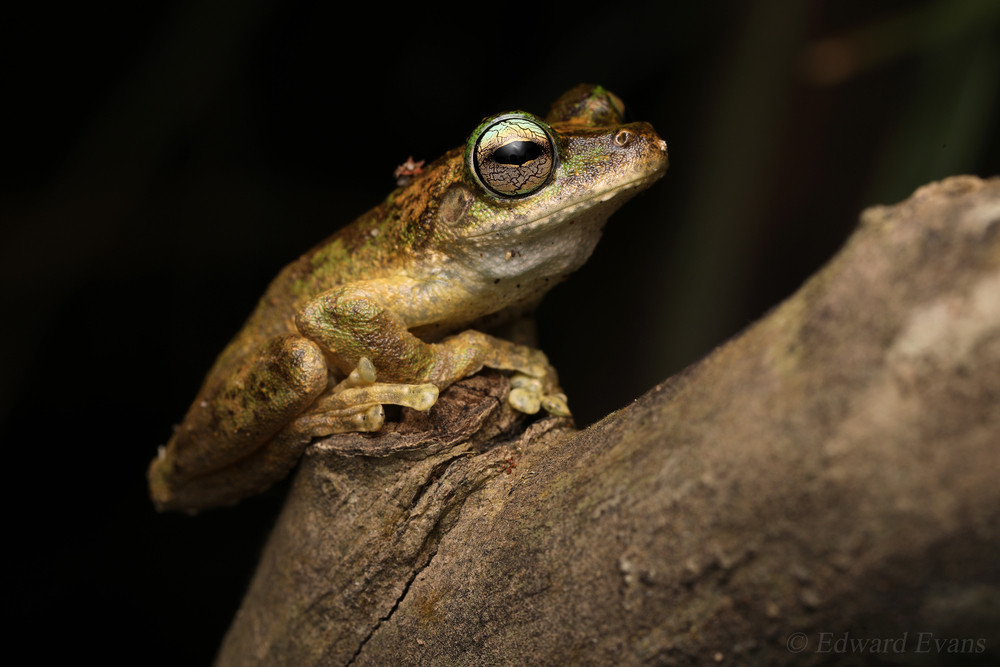On The Land
1 April, 2022
Grants put spotlight on rare species
SUGAR gliders and unique frogs only found in Kuranda will be the focus of State grants of more than $37,000 awarded to two community organisations.

GULF Savannah NRM and EnviroCare Kuranda are just two of 40 community organisations to share in $660,320 pf grants aimed at assisting STEM and Science-related research projects.
This year’s Queensland Government’s Engaging Science Grants is the largest ever, providing both local organisations and many more the resources to support their causes.
Gulf Savannah NRM will be using their $18,980 in funding for their “Gliders in the Spotlight” project, allowing school aged kids in the Etheridge Shire to work alongside James Cook University scientists to learn about the Great Glider.
CEO Zoe Williams said students will explore how climate change has impacted the vulnerable Great Glider and how they have found refuge in nearby National Parks.
“That’s a really rare experience for people in Etheridge Shire – it’s a great opportunity for our young people to get real experience and to consider the full range of careers available in the sciences,” she said.
“This project showcases some of the exciting scientific work happening in our region and it will encourage students who’ve left the region for boarding school to return after graduation, bringing their skills and knowledge back to contribute to a thriving regional culture and economy.
“Increasing STEM skills in the Gulf is vital. This will help local students fi nd their way to STEM careers and become our local scientists and technologists of the future.”
Edward Bell from Kuranda EnviroCare is co-ordinating research into local frogs and said the $19,847 they will receive would be used to build monitoring projects to help preserve tree frogs only found in Kuranda.
The “Frog friendly waterways” project will involve students and local community members whose aims are to educate the community more about the frogs and ways to help protect them.
“This project started in response to the discovery of a tree frog called the Kuranda Tree Frog, which looks almost identical to the normal Green Tree Frog, but it has very different DNA and features,” Edward said.
“We will be hosting things such as workshops and seminars to help community volunteers recognise frogs and their calls and give them the chance to go in the bush and monitor them.
“The best part is that people don’t have to have any science background… we are going to train them up with our equipment and get them to learn scientist data collecting and really contribute real out to the field science.
“And then we will see where the future takes us… hopefully we will fi nd some new types of frogs up here in the rainforest.”


